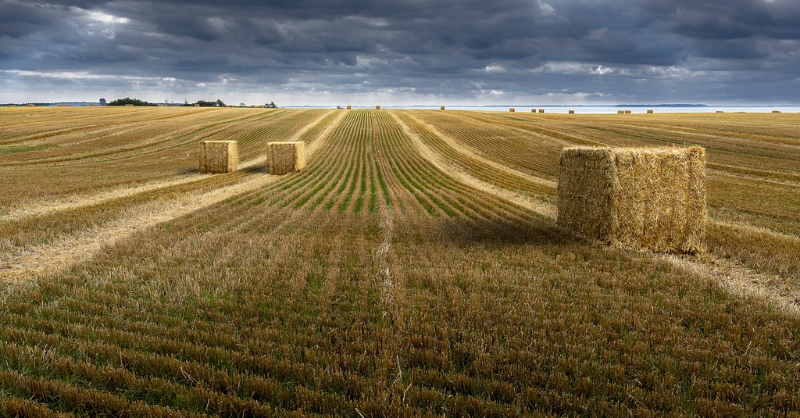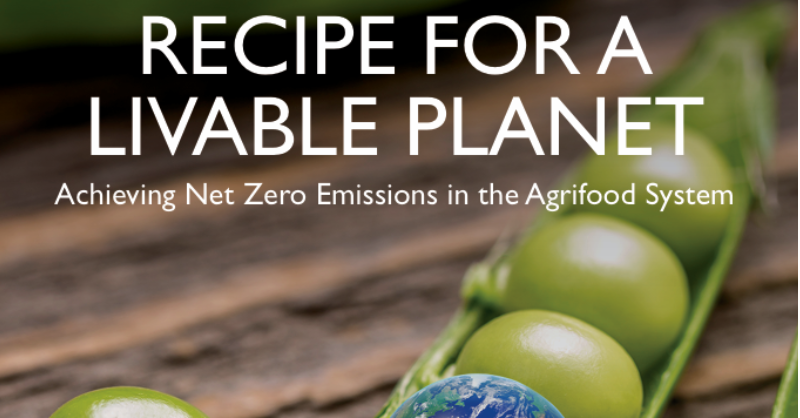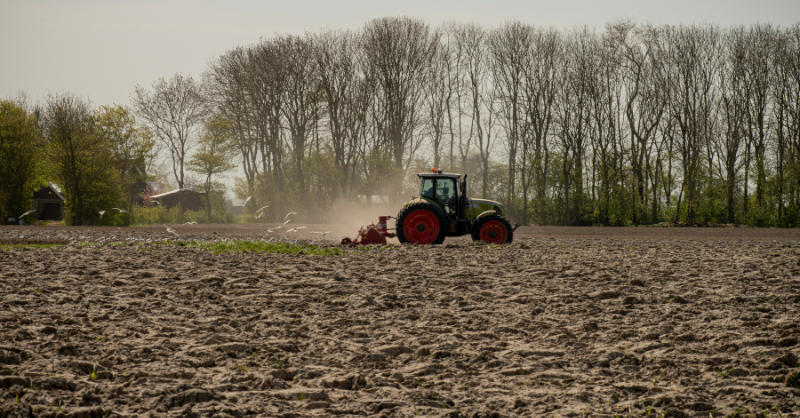
Is farmer insurance a green bottleneck ?
Insurance best practice can clash with sustainability. Without insurance, impacted communities would probably not continue. And it's the same for farmers.
Insurance is, in many cases, the defence that allows companies and communities to survive in bad times. The obvious examples relate to floods, fires, and storms. Without insurance, the impacted communities would probably not continue. And it's the same for farmers and agricultural disasters.
Regular readers will know that we talk a lot about the financial constraints that limit farmers ability to lead the sustainability transitions. Yes, there are some very large commercial farms, but most are smaller, often family owned. And a bad harvest can be devastating, both personally and financially.
Which is why a recent Bloomberg Green article caught our eye (if you don't subscribe , you should - it's free). They wrote about how the rules for Federal crop insurance are a barrier for the transition to more sustainable farming practices in the US.
Why does this matter? We recently wrote about how the carbon emissions from our agriculture system may be a lot higher than was first thought. That they could be as high as those from electricity generation and heat combined. Making farming more sustainable really should matter.
This is a What Caught Our Eye story - highlighting reports, research and commentary at the interface of finance and sustainability. Things we think you should be reading, and pointing out the less obvious implications. All from a finance perspective.
It's free to become a member ... just click on the link at the bottom of this blog or the subscribe button. Members get a summary of our weekly posts, including What Caught Our Eye and Sunday Brunch, delivered straight to your inbox. Never miss another blog post !
Is crop insurance stopping greener agriculture?
Federal crop insurance has been around for nearly 100 years in the US, fulfilling an essential role in protecting farmer incomes against natural disasters. But as with all systems that have become entrenched in our economy, it's arguably not adapting to the new demands.

As the article highlights, the assessment of losses relies on what is known as 'good farming practice.' This makes perfect sense. If the insurance is designed to cover farmers for natural disasters, you don't want to be paying out for incompetence or bad farming practices. It's a bit like your car insurance. If you don't maintain your car properly, or you drive dangerously, you might find you are not covered when you have an accident.
What is seen as good practice is changing. And the rules are catching up, but slowly and with a lag. So for instance, as the article sets out, the insurers have added new crops, provisions for cover crops, reduced water usage, and new practices around nitrogen. But, there are situations where the rules seem to clash with good regenerative and carbon capture practices, like when is it best to 'terminate' your cover crop.
And it's looking more likely that the scale of the challenge in farming is larger than we thought. A recent World Bank report highlighted that the end to end impact of agriculture, in terms of emissions, may be roughly 3x larger than many analysts estimated. Which makes getting rid of even the smaller barriers more important.

And one tool we have available is sequestering carbon in the soil. The agricultural practices that are needed for this to happen are both simple and complex. Simple because we know what we need to do. Complex because it means changing farming practices, and because it's very location dependent. So farmers need flexibility in their practices. But they still need to keep aligned with the rules of their insurers.

And it doesn't help if the insurance rules are still to catch up with scientific best practice.
A last thought
When we design agricultural systems that are sustainable, we need to think really hard about the people who will implement and operate them. The farmers, the distributors, and the supermarkets (and the consumers). They all have objectives and needs that can clash with our plans. In the case of the farmers it can be financial, and it can be social. A badly designed transition is almost certain to fail. And it's certain to make a poor investment.


Please read: important legal stuff.



